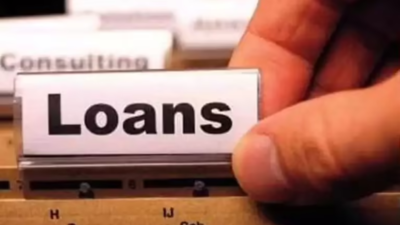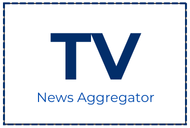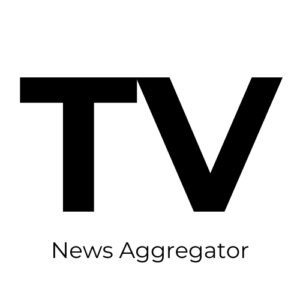
India’s household debt levels have risen steadily in recent years, but the underlying credit quality and loan composition suggest the increase is not alarming, the State Bank of India said in a report released Monday.The analysis, citing Reserve Bank of India data and internal assessment, stated that household debt remains “manageable and not worrisome,” with nearly two-thirds of retail borrowers classified as prime or above, ANI quoted. It attributed the increase to a broader borrower base rather than a sharp rise in average loan size.According to SBI, productive loans—such as those for agriculture, business, or education—make up 30% of the household credit portfolio, while home and vehicle loans, considered asset-creating, contribute another 25%.Consumption-led credit, including personal loans, credit cards, and consumer durable financing, accounts for 45% of household borrowing, the report said.SBI noted that India’s household debt as a share of GDP stands at 42%, significantly lower than the 49.1% average seen across other emerging market economies (EMEs).The report also pointed to India’s ongoing monetary easing cycle as a source of relief. The Reserve Bank of India has already lowered the benchmark repo rate by 100 basis points, helping reduce interest costs for households. As a result, nearly 80% of the retail and MSME loan books—linked to the External Benchmark Lending Rate (EBLR)—are expected to benefit.The SBI report estimated this could result in savings of Rs 50,000–60,000 for households over time, as the easing cycle is likely to continue for another two years.Last week, the RBI announced a 50-basis-point cut in the policy repo rate to 5.5%, along with a phased reduction in the cash reserve ratio (CRR) by 100 basis points starting September 6.














